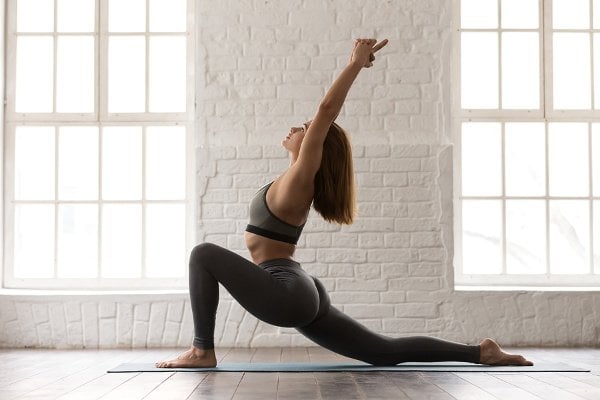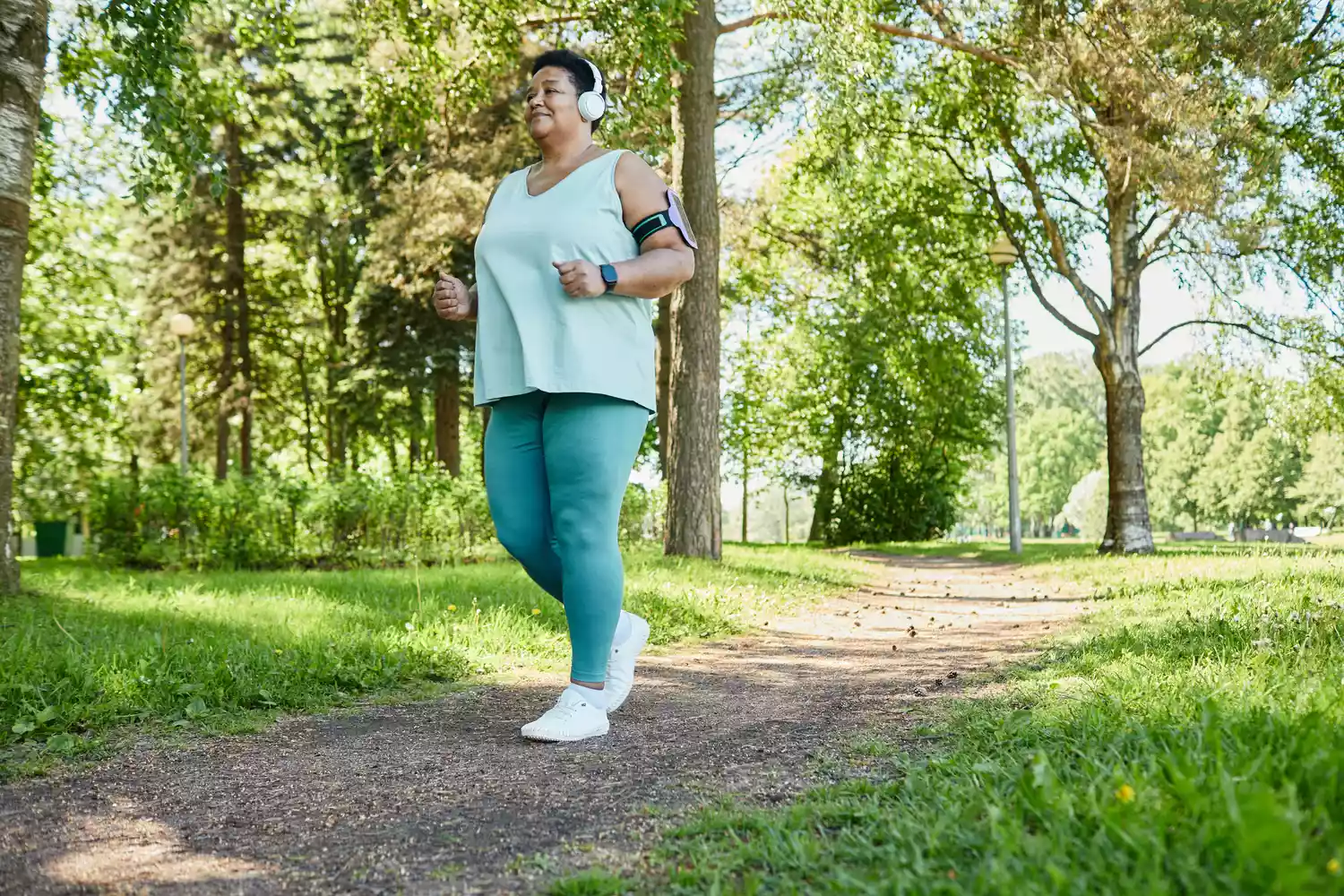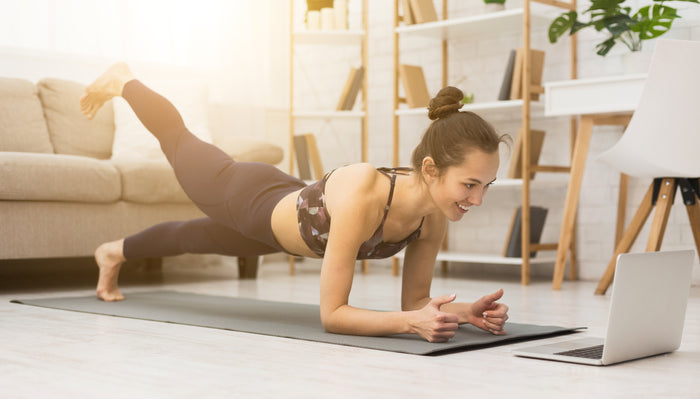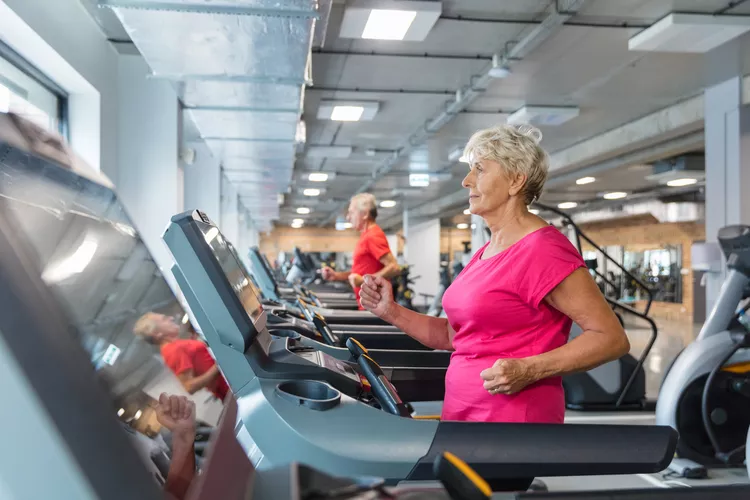Being healthy and fit isn’t almost running fast or raising heavy. It’s also crucial to have ease of movement during your exercises and in everyday life. That’s why incorporating mobility sessions into your regimen can help.
Mobility is “your ability to attain and manage a specific series of movement,” said New York City-based physiotherapist and fitness instructor Laura Miranda, DPT, CSCS, founder of Pursuit, the fitness training system. “In order to carry out daily activities or merely work pain-free long-lasting, you need to find methods to properly overcome complete arcs of movement.” Undoubtedly, a 2014 study in the Journal of Physical Therapy Science discovered that after performing a series of motion workouts, individuals who have had strokes might better engage in routine jobs.1.
That’s why Miranda developed this flow: to assist bridge the gap in between just how much range you must have and how much you in fact have. In the regular, you move from one position to the next, holding each for two to three seconds and concentrating on the entire body, from the neck and shoulders to hips and hamstrings. Take a deep inhale and breathe out in each position, and engage the core throughout every step, keeping a neutral spinal column. Completion variety of each move should feel tough but not agonizing. Adjust if you discover your breath or kind is compromised.
Try this as a warm-up to heavy lifting or high-intensity interval sessions– it gets the blood streaming and muscles primed for more motion. You can also do the exercises in the middle of the workday for a much-needed stretch. Anytime you do them, Miranda said, what’s crucial is to move slowly, move well, and feel great.
Do all of the workouts, holding every pose for two to three seconds, or one complete breath. Then repeat for two or three representatives before switching sides or carrying on to the following present. On the last representative, hold the final posture for 10 seconds to call up the strength and stability gains.
Reverse Lunge With Side Bend.
(A) Step ideal leg back into a reverse lunge, both knees bending and pelvis tucked forward. (B) Reach the best arm overhead, then flex the torso to the left and reach the left arm across the body (on the last rep, hold here for 10 seconds).

Squat to Forward Fold.
Start standing with feet slightly broader than hip-width apart and flex forward to get toes or ankles. (A) Drop into a deep squat, keeping your chest up and engaging your hamstrings as you lower. At the bottom, utilize your elbows to press versus the knees and produce tension in the butt and hamstring (on the last representative, hold here for 10 seconds). (B) Tuck your head down and raise your butt up, correcting your legs only as much as you can without losing contact with your toes or ankles. Do the move two more times.
Low Lunge With Rotation.
Keep ideal leg extended with a knee off the ground and glute squeezed. Push into the floor with your best hand. (B) Rotate left elbow down and in towards ideal elbow (on the last representative, hold here for 10 seconds).
Shin Box to Forward Step.
( A) Sit on the floor with your right leg bent about 90 degrees and your shin in front of you; your left leg bent about 90 degrees, shin to the side. With the torso dealing with straight forward, hinge forward at the hips, keeping the spinal column neutral. (B) Squeeze glutes to raise hips off of the ground. Put weight on the best knee, step left foot forward into a half-kneeling position, stretch forward into the right hip flexor, and squeeze the right glute (on the last rep, hold here for 10 seconds). Step left foot back to beginning position, and lower hips to the ground. Repeat two times, then change sides.
Lateral Lunge To Plank Walkout.
Stand with core engaged and feet apart, 6 to 10 inches broader than hips. (A) Bend ideal knee and hinge into right hip, keeping back flat and left leg directly. Walk palms out to a wide-leg slab position, shoulders over wrists, knees directly, spine aligned from neck to hips.
Wide Squat With Internal Rotation.
Stack shoulders over hips, engaging core. (B) Without moving the left leg, turn the best leg by pivoting the foot, knee, and hip inward (on the last associate, hold here for 10 seconds), and engage the left glute for greater internal rotation of the ideal hip. Turn the right leg back to squat, then stand up.
Single-leg Deadlift To Knee Drive.
(A) Hinge at hips, bringing upper body toward the flooring and extending the best leg out behind you, body in one straight line (on the last rep, hold here for 10 seconds). (B) Then, drive through the left glute to stand back up, engaging your abs and bringing your right knee toward your chest, squeezing it until you feel a stretch in the glute.



